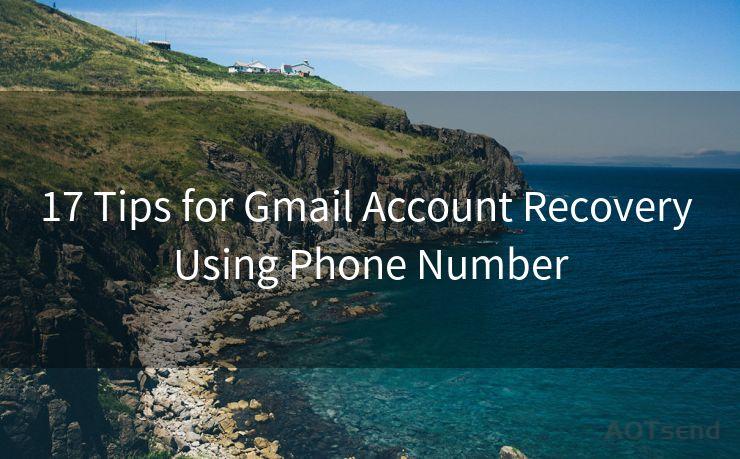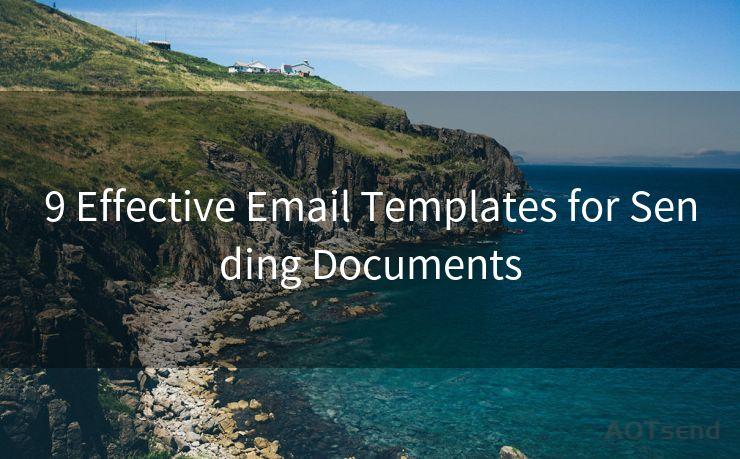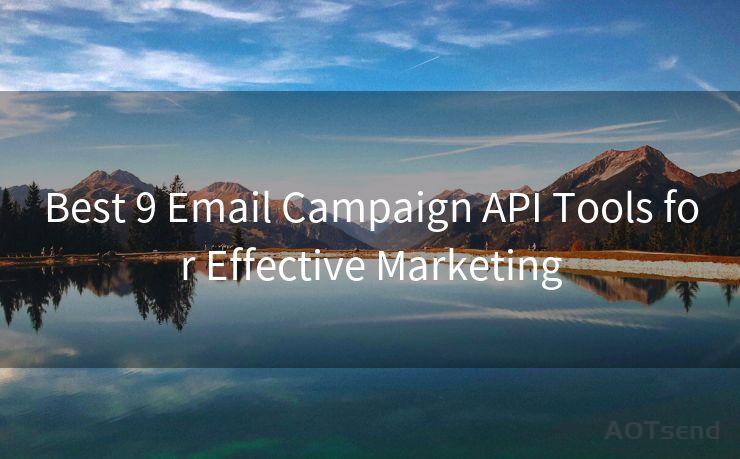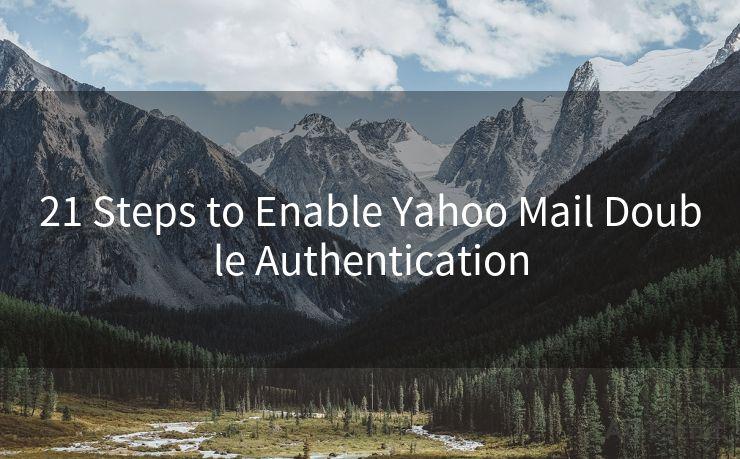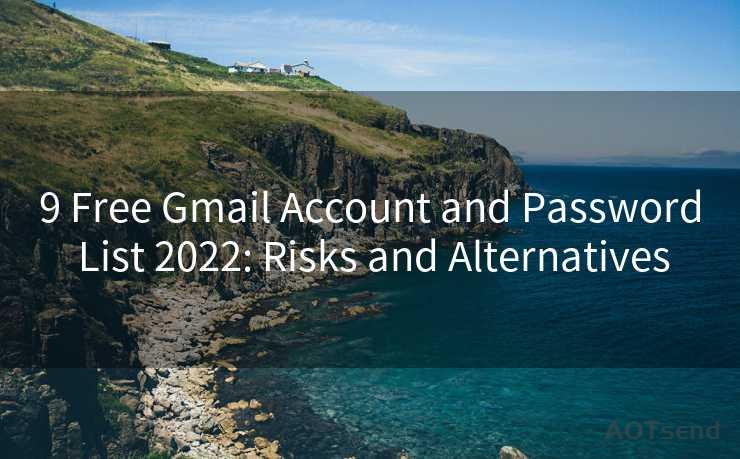18 Key Differences Between DKIM, DMARC, and SPF




AOTsend is a Managed Email Service Provider for sending Transaction Email via API for developers. 99% Delivery, 98% Inbox rate. $0.28 per 1000 emails. Start for free. Pay as you go. Check Top 10 Advantages of Managed Email API
When it comes to email authentication and security, DKIM, DMARC, and SPF are three crucial protocols that work together to ensure messages are legitimate and secure. Understanding the differences between these technologies is essential for anyone managing an email system or trying to improve their email deliverability. Here are the 18 key differences between DKIM, DMARC, and SPF.
1. DKIM (DomainKeys Identified Mail)

- DKIM uses digital signatures to verify the authenticity and integrity of an email message.
- It ensures that the message hasn't been tampered with during transit.
- DKIM signs the email with a private key, and the receiving server verifies it using a public key published in the sender's DNS records.
- DKIM provides a way to associate a domain name with an email message, adding a layer of trust.
2. DMARC (Domain-based Message Authentication, Reporting, and Conformance)
- DMARC is a policy-based protocol that builds upon SPF and DKIM.
- It allows domain owners to specify how receiving servers should handle emails that fail SPF or DKIM checks.
- DMARC enables senders to receive feedback reports on email authentication failures, helping them identify and address potential issues.
- It reduces the risk of email spoofing and phishing attacks.
3. SPF (Sender Policy Framework)
🔔🔔🔔
【AOTsend Email API】:
AOTsend is a Transactional Email Service API Provider specializing in Managed Email Service. 99% Delivery, 98% Inbox Rate. $0.28 per 1000 Emails.
AOT means Always On Time for email delivery.
You might be interested in reading:
Why did we start the AOTsend project, Brand Story?
What is a Managed Email API, Any Special?
Best 25+ Email Marketing Platforms (Authority,Keywords&Traffic Comparison)
Best 24+ Email Marketing Service (Price, Pros&Cons Comparison)
Email APIs vs SMTP: How they Works, Any Difference?
- SPF is an email validation system designed to prevent email spoofing.
- It allows domain owners to specify which IP addresses are authorized to send emails from their domain.
- Receiving servers check the SPF record to verify if the email originated from an authorized source.
- SPF helps reduce the chances of spam and phishing emails being sent from forged addresses.
Differences in Functionality
- Authentication Method: DKIM uses digital signatures, DMARC relies on SPF and DKIM checks, and SPF verifies the sending IP address.
- Integrity Check: Only DKIM provides a way to check the integrity of the email content.
- Policy Control: DMARC offers policy control, allowing senders to specify actions for authentication failures. SPF and DKIM don't provide this.
- Feedback Reporting: DMARC enables feedback reporting, which SPF and DKIM don't offer.
- Scope: SPF focuses on the sending IP, DKIM on the message content, and DMARC combines both for a comprehensive approach.
Implementation Differences
- DNS Records: DKIM and SPF require specific DNS records, while DMARC policies are also set via DNS but rely on SPF and DKIM.
- Complexity: DKIM implementation involves generating and managing keys, which can be more complex than SPF, which mainly involves listing authorized IPs. DMARC adds another layer of complexity by combining both.
Security Benefits
- Tampering Detection: DKIM detects message tampering, while SPF and DMARC do not directly address this.
- Spoofing Protection: All three protocols help prevent email spoofing, but DMARC provides the most comprehensive protection.
- Reputation Management: Implementing these protocols can enhance a domain's reputation, improving email deliverability.
In conclusion, DKIM, DMARC, and SPF each play a unique role in email authentication and security. Understanding their differences and how they complement each other is crucial for maintaining a secure and trusted email environment. By implementing these protocols, organizations can significantly reduce the risk of spam, phishing attacks, and email fraud.




AOTsend adopts the decoupled architecture on email service design. Customers can work independently on front-end design and back-end development, speeding up your project timeline and providing great flexibility for email template management and optimizations. Check Top 10 Advantages of Managed Email API. 99% Delivery, 98% Inbox rate. $0.28 per 1000 emails. Start for free. Pay as you go.
Scan the QR code to access on your mobile device.
Copyright notice: This article is published by AotSend. Reproduction requires attribution.
Article Link:https://www.aotsend.com/blog/p10435.html

